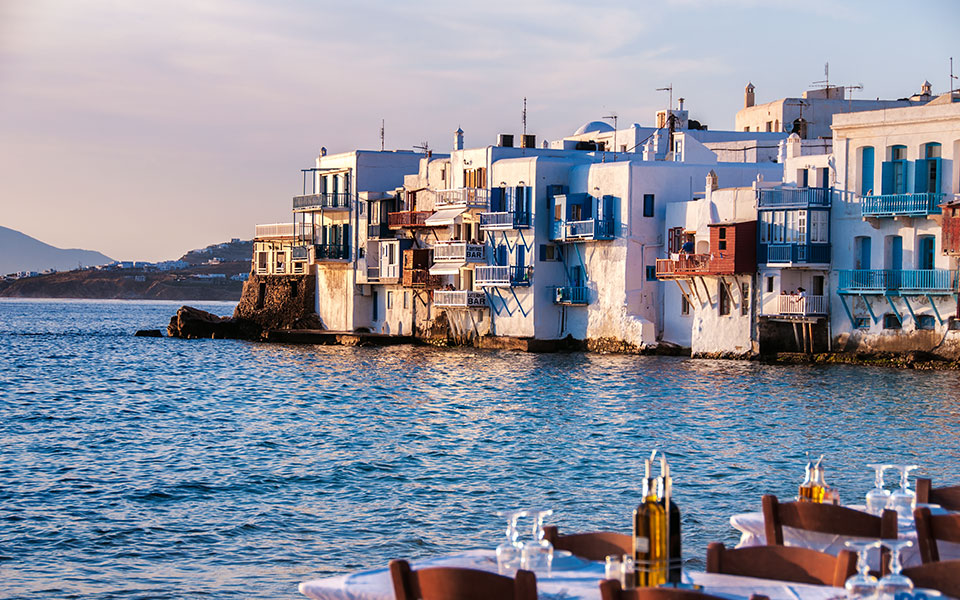Most visitors have only an opportunistic relationship with Mykonos. They go to get something from the island: a taste of the good life, glamor, a boost in social status. In its blue waters, they see their own image. But is there space for a narrative about the “Isle of the Winds” that is not based on narcissistic tendencies?
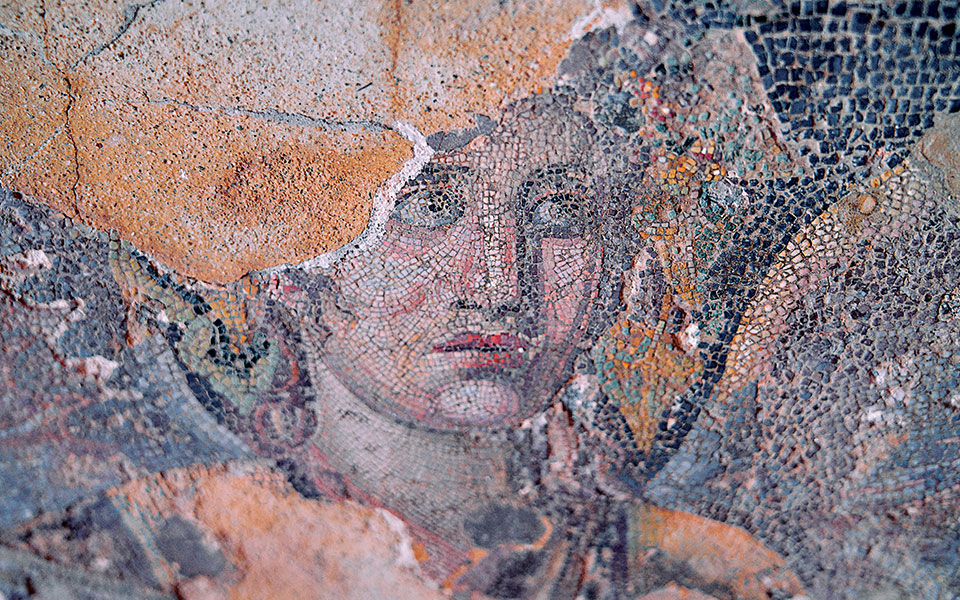
© Lizy Manola
In creating the photo book Mykonos Muse, the photographer Lizy Manola had a dual role: that of a photographer, as well as that of a person who has maintained a close relationship with the island based on love for 40 years. And the approach taken for the book published by the renowned international publishing house Assouline stands out.
Through its pages, one learns about the meteoric rise of the Cycladic island over the last 70 years, about its architecture, rituals, rites, and traditions, as well as about the beauty of Delos. But one also learns about something else, perhaps more fundamental. One comes to understand what it is that made Mykonos the muse of international luxury tourism; it wasn’t its beaches or whitewashed homes. It was, first and foremost, the open-hearted and open-minded Mykonians who shared their island without reservation.
Alongside Manola’s contemporary photographs, readers will find images both by modern creators as well as by great photographers of the past, many of which are held in the Benaki Museum’s Photographic Archives. In total, approximately 200 modern and older photos have been included in the book. Texts have been contributed by Rachel Howard and Michalis Skafidas.
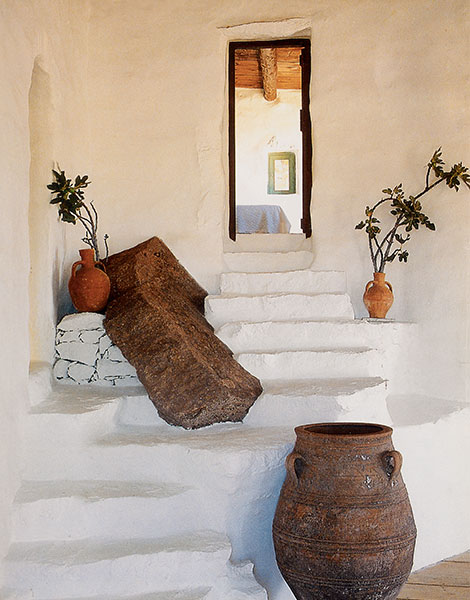
© Roland Beaufre
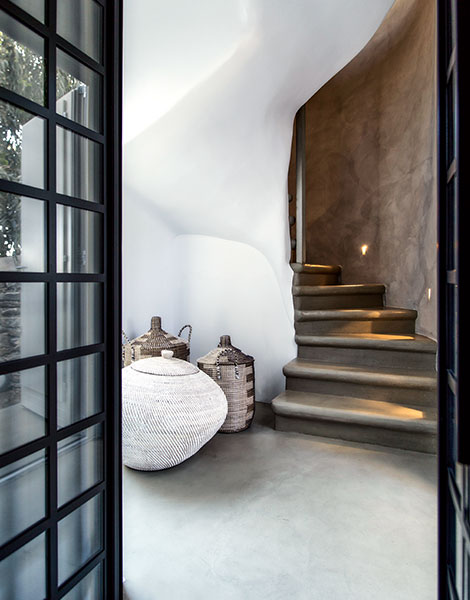
© Ioanna Roufopoulou
“The island of my heart”
“I went for the first time as a teenager in 1978. Since then I have developed a unique connection to the place. It is the island of my heart. It is where I created my home, it is where my children grew up. We have a wooden wardrobe and its door has notches marking their height each year. Now my son is so big that he’s taller than the wardrobe!” Lizy Manola says. It is her second time working with the famous publishing house: a few years ago she published a book dedicated to the Orthodox faith in Ethiopia.
“Now this book is a tourist guide, but created with a completely different logic. It’s part of a series that Assouline has, dedicated to destinations such as Ibiza, for example. It has some of my photographs as well as photographs by renowned photographers – both older and newer so that the reader can see the evolution of the place through the eyes of people holding the camera.”
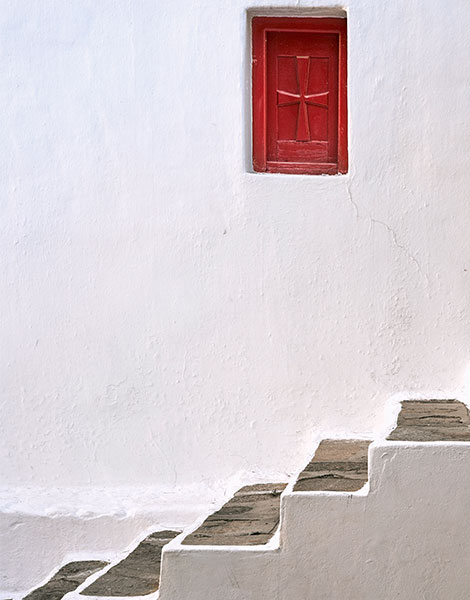
© Lizy Manola
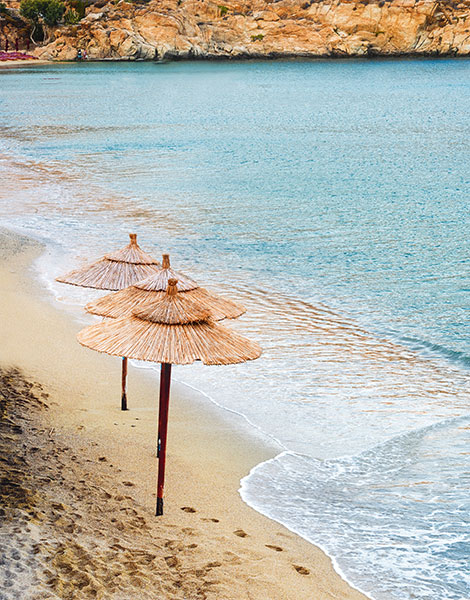
© Lizy Manola
An Open Spirit
“Mykonos has certainly changed from when I visited the first time. In any event, we mustn’t forget that before it became what it is today, it was a place where people had to struggle to survive. They were farmers, fishermen, shepherds. The windmills that we all recognize as icons of the island were for grinding grain.
“Yialos, which today attracts thousands of tourists, was a deserted beach with nets and trawlers. Little Venice was built the way it is so that boats could approach and unload their cargo. Obviously today residents don’t do these jobs. But I will tell you something: they remain just as hard-working, and as fun-loving, as they were in the past.
“They were always welcoming people and that opened the road for Mykonos to become unique. Just think, for example, that in the early days of tourism they experienced some very novel things without showing hostility or conservatism. Homosexuality and nudism were reasons that tourists were chased off other islands, by priests and police officers.”
Manola continues: “The island may have changed, but it hasn’t lost its soul. I’m proud of it. And I think that everyone should view it with tenderness and acceptance, to appreciate what makes Mykonos different at its core.
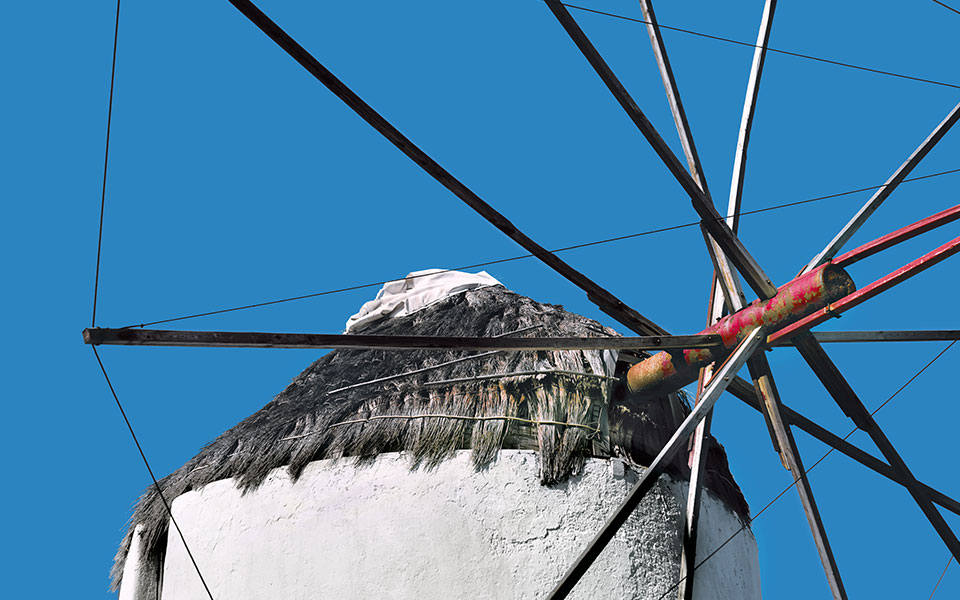
© Lizy Manola
The 2,000 tourists of 1933
“Its development began in the interwar period. In 1933 two thousand tourists arrived on the island and two hundred people on Delos. In 1939 prominent Athenians visited Delos, from Helen Vlachos to Antonis Benakis. In 1954 the legendary Maroulina opened her shop with her jewelry and headscarves. Its threshold was crossed by Greta Garbo, Elizabeth Taylor, Maria Callas, Jackie Onassis and Julie Christie.
“In the same period Le Corbusier, Roland Barthes and Albert Camus visited. In the period 1960-1970 girls worked the looms and sold fabrics and embroideries. Their grace reached Paris and Christian Dior. The rise of Mykonos wasn’t by chance, and whoever leafs through the book will understand that.”

© Peter Schoenborn
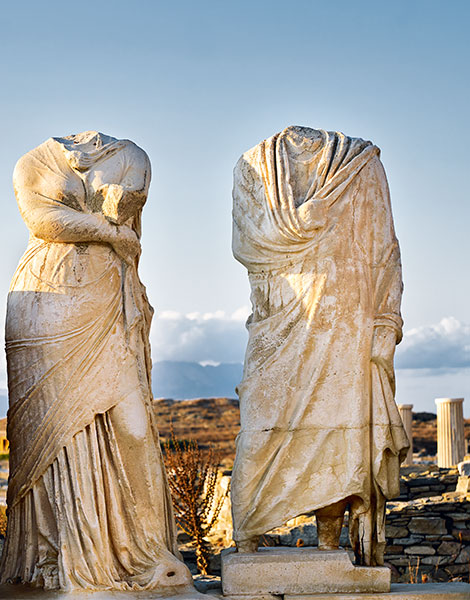
© Lizy Manola
And she shares with us the impressions of Helen Vlachos (the legendary newspaper proprietor). “Mykonos and the Mykonians have something extra. They don’t suffer from any inferiority complex. They take care of you with ease, they let you dress or undress as you want, without this tolerance being connected to coldness or indifference. On the contrary, the residents of the island, even the poorer ones, knew how to generously extend hospitality.
“In those years the island was dirt poor, the men would sail on the ferries and cargo ships, the women would be stooped over the loom. As soon as they had a bit of free time, they would grab the whitewash and whiten everything. Not only the flagstones but the large tins they would use as flowerpots. That thick coat would light up the entire village and grant it, together with beauty, the rare gift of a cleanliness that was unknown at the time.”
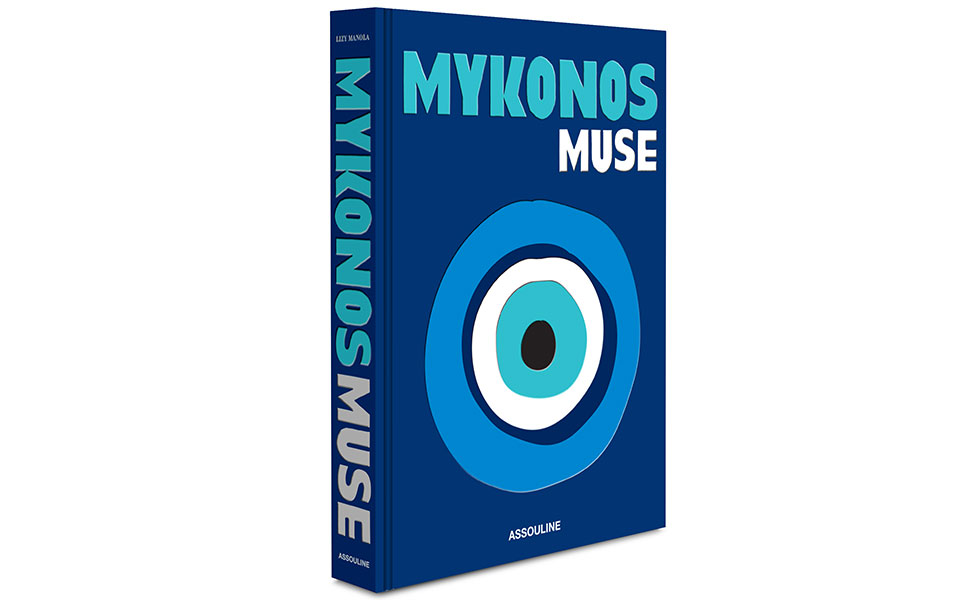
According to the photographer, the unique energy of Mykonos has to do with its proximity to Delos, which the ancients had singled out for its light in the Aegean and which still exudes a spirituality. And so, naturally, one of the chapters of the book is dedicated to that island and its remarkable antiquities.
Mykonos Muse is published by Assouline and available here.
This article was first published in Greek by Kathimerini.gr

